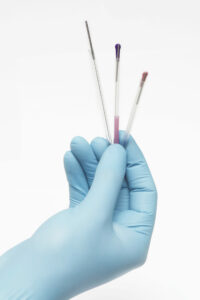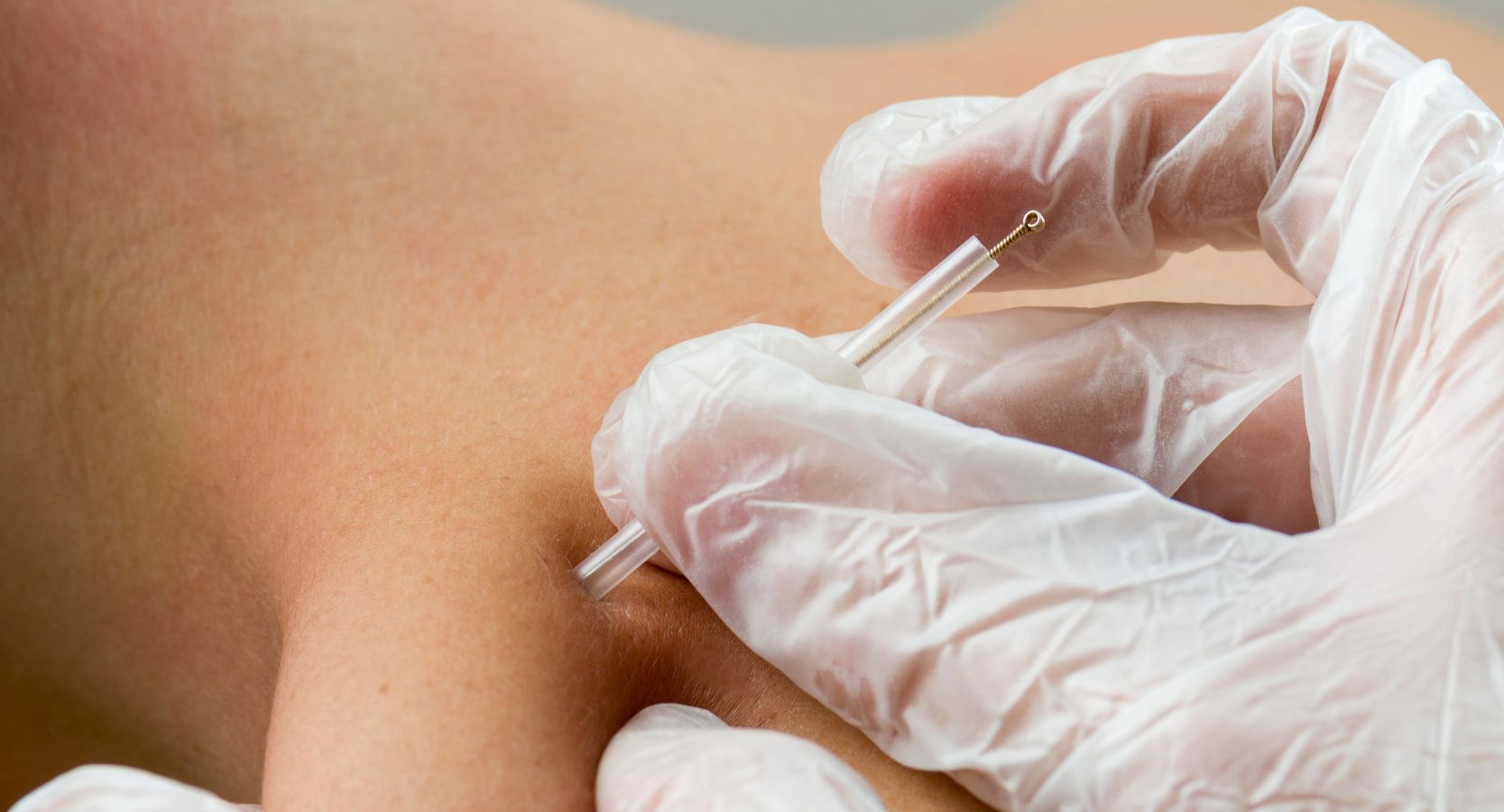Dry needling has established itself as an effective technique in physiotherapy for the treatment of myofascial trigger points, which are painful knots in muscles that are involved in persistent pain and neuromusculoskeletal dysfunction. Below, we explore this technique in detail, answering some of the most common questions about it.
What is dry needling and what is it used for?
Dry needling is an invasive technique that involves inserting a thin needle directly into a trigger point. Unlike acupuncture, dry needling does not have an energetic or holistic approach; its goal is to alleviate pain, relax contracted muscles, improve mobility, and reduce inflammation. The needle provokes a response in the tissue that can help deactivate the trigger point, relieving pain and muscle tension.
What are the needles called that are used?
The needles used in dry needling are commonly known as dry needling needles. These needles are similar to acupuncture needles since they are thin and filiform, designed to penetrate the skin without delivering injections or fluids. They can also be referred to as physiotherapy needles.
At Agupunt, we have a variety of needles:
- APS Click Needles: Perfect for efficient one-handed treatments, they feature an exclusive tip and a headless, flexible, extra-long handle, facilitating access and precision during therapy.
- APS Needles for Electrotherapy: With improved lubrication and polishing for optimal conductivity.
- APS Regular Needles: Employ a clamping technology that allows the needle handle to be attached to the guide tube to avoid residues and chemicals.
- APS Safety Tube Needles:: Feature a double guide tube that facilitates treatments with long needles, improving both the therapist’s and the patient’s experience in deeper treatments.
- APS Superficial Needles:: Designed for superficial dry needling treatments on the skin, these needles allow for delicate and controlled insertion.

How much rest is needed after dry needling?
The recommended rest time after a dry needling session can vary depending on the individual response of the patient and the extent of the treatment. Generally, it is advised to limit intense physical activity for 24 to 48 hours after the treatment to allow the body to recover and respond to the intervention.
What are the side effects?
The side effects of dry needling are generally mild and temporary. The most common include pain at the insertion site, minor bruising, fatigue, and temporary muscle soreness. In rare cases, light dizziness can occur during the treatment.
How long does it take to take effect?
The effects of this technique can be noticed immediately after the treatment in terms of pain relief and improved mobility, although some people may experience more significant improvement after several sessions.
How long should the needles be left in?
In this type of treatment, the needles are generally left in the trigger point only for a few minutes. It is not common to leave the needles inserted for an extended period as in some acupuncture treatments.
How long does the effect of the needling last?
The effects of dry needling can last from several days to several weeks, depending on the condition treated and the individual response of the patient. Continuous treatment may be necessary to maintain long-term benefits.
Conclusion
Dry needling is a valuable technique in modern physiotherapy, providing relief and recovery for patients with chronic pain and muscle dysfunctions. By better understanding how it is performed and what to expect from it, patients and professionals can maximize its benefits.

